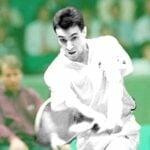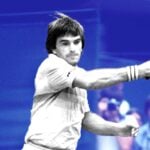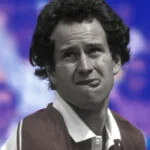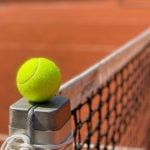With no US Open fans, who will handle the mental battle best?
The US Open begins at Flushing Meadows on Monday, with a host of big names missing and with no fans, a big change from the rowdy New York crowd that usually greets players. The big question is: who will handle the new-normal the best?
 US Open 2020 behind closed doors (Tennis Majors Feature)
US Open 2020 behind closed doors (Tennis Majors Feature)
Ask most tennis fans to describe the US Open and the chances are they will mention the noise, the buzz that drifts through the grounds and the electric atmosphere of a night session at Flushing Meadows.
Think Jimmy Connors’ incredible run in 1991 at the age of 39, when the crowd carried him all the way to the semi-finals, or a Roger Federer–Novak Djokovic epic, or more recently, Juan Martin Del Potro coming back from the death to beat Dominic Thiem, when most of Argentina seemed to be crammed into the new Grandstand court.
This year’s US Open will be a very different animal, for obvious reasons. The Coronavirus restrictions mean no spectators will be allowed inside the grounds of the Billie Jean King National Tennis Center at Flushing Meadows, making for an altogether different atmosphere.
Instead of the constant hum of chatter during matches and the crescendo of noise that accompanies matches as they reach the latter stages, players will be able to hear the ball echoing around the cavernous arenas, not to mention anything their coach says courtside.

The question is: what difference will it make?
Intimidation factor missing
“I think we’re going to see balanced, better tennis,” Pam Shriver, the former world No 3 who won 22 Grand Slam doubles titles in her career and now a respected pundit with ESPN, told Tennis Majors. “I don’t think we’re going to see anyone walk out on (Arthur) Ashe (Stadium court) against a top player and feel as much intimidation. It’s still a big court but there’s nothing more intimidating in tennis than say, walking out for a night-time crowd and feeling 20,000-some people looking down at you. I think we’re going to see some more relaxed athletes.”
The world’s top players got a taste of what playing with no fans is like in the warm-up events, the women having two tournaments to the men’s one. All found it a little strange but some said they enjoyed the relative calm.
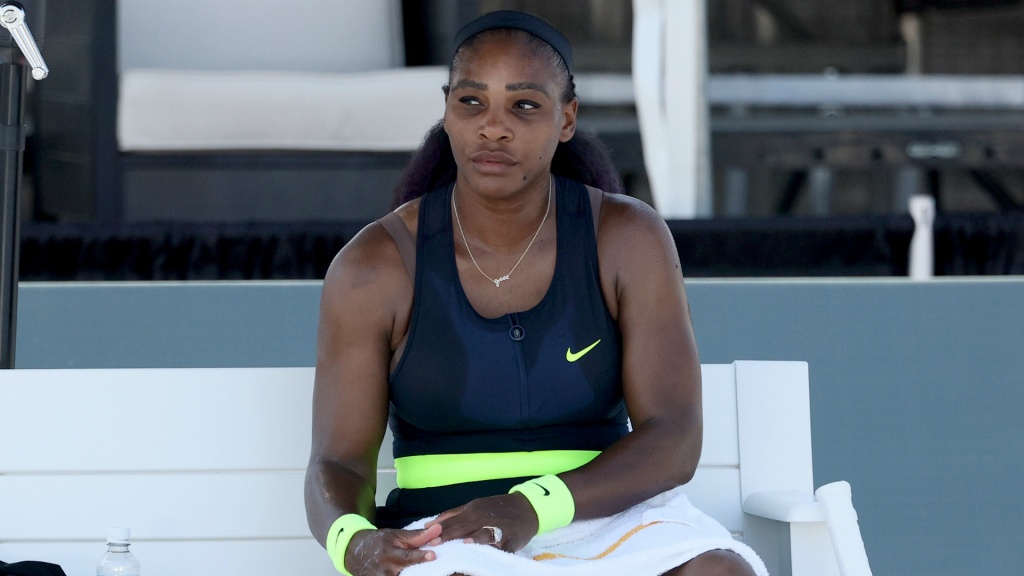
Does it help Serena Williams?
Serena Williams, a player who has been carried over the line on many occasions, especially at Flushing Meadows, experienced the new normal in Lexington and then again in the Western and Southern Open, which was moved from Cincinnati to Flushing Meadows this year to enable players to stay in a bubble for an extended period through the US Open itself.
The American, who usually plays the majority of her US Open matches under the lights in front of a packed, noisy crowd, is still chasing a record-equalling 24th Grand Slam title, a quest that has brought its own stress, particularly in New York.
In 2018, she reached the US Open final only to implode against Naomi Osaka after a dispute with the umpire. In 2019, she was well-beaten by Canadian teenager Bianca Andreescu, the pressure seemingly a factor as she was unable to find her usual best.
Williams said this week she has enjoyed the calm but is not sure how it will be under the pressure – from inside, if not from the fans, of a Grand Slam event.
“I actually didn’t think about the schedule, if there’s night matches and day matches,” she told reporters this week. I don’t know. It’s going to be so different but I’m just going to see how it goes, see how I feel. I seem to be doing OK without the crowd. I actually don’t dislike it, like I thought I might.”
Williams suffered surprisingly early defeats in Lexington and “Cincinnati” but Shriver believes when it comes down to the big one, the absence of a baying crowd may help her.
“If New York feels calm, that’ll be a good thing.”
“I think in New York, yeah,” she says. “I just think, she has so many difficult memories there, if you take out (fans), I think it will feel calmer to her, and I think if New York can feel calm and orderly and predictable, then that’ll be a good thing.”
Former world No 1 Martina Navratilova, Shriver’s partner in all those wins and the winner of 18 Grand Slam singles titles herself, said this week she thinks Williams might be hampered by the absence of fans.
“For her (Serena) it’s about that number,” Navratilova told The Tennis Channel. “Now she’s got a great chance with the US Open with a smaller field obviously. At the same time she likes to feed off the energy from the crowd. That won’t be there. I think that’s more of a handicap for the top players than the lower-rans.”
Brad Gilbert, the former world No 4 and an ESPN colleague of Shriver, is another not sure it will help the 38-year-old American.
“I saw Pam Shriver say that she thought it would,” he told Tennis Majors. “I honestly don’t know. “I think more than anything, when you’re coaching somebody at that level, or anybody that’s in position to maybe win the tournament. I always say as a coach, these majors are all about two tournaments: get through the first week, then put yourself in position to win in the second week.
“I think once we get to the second week, now you’ve got three matches under your belt and potentially you could see how things are going to start unfolding. Six of the top eight women are not there, which is a bit of a stunner, but you do have to respect players’ decisions, not coming. I do think 15-20 women could win the tournament. I don’t know who I could say, off the top of my head, who can win it. For Serena, it’s not winning in Lexington, winning Cincy, it’s about being able to peak for the second week at the US Open.”
No fans, less pressure
Some players thrive with a crowd. In the past, the likes of Connors, John McEnroe and Ilie Nastase had fans on the edge of their seats, feeding off the energy they gave them to hit new highs.
Others have found the biggest stages too stressful to produce their best. Amelie Mauresmo, who won two Grand Slam titles and became world No 1 in 2006, famously struggled at her home slam, Roland-Garros, never making it past the quarter-finals. Australia’s Sam Stosur, who beat Williams to win the US Open in 2011, only made the last 16 once at the Australian Open, her body tensing up horribly, burdened by the hopes of a nation.
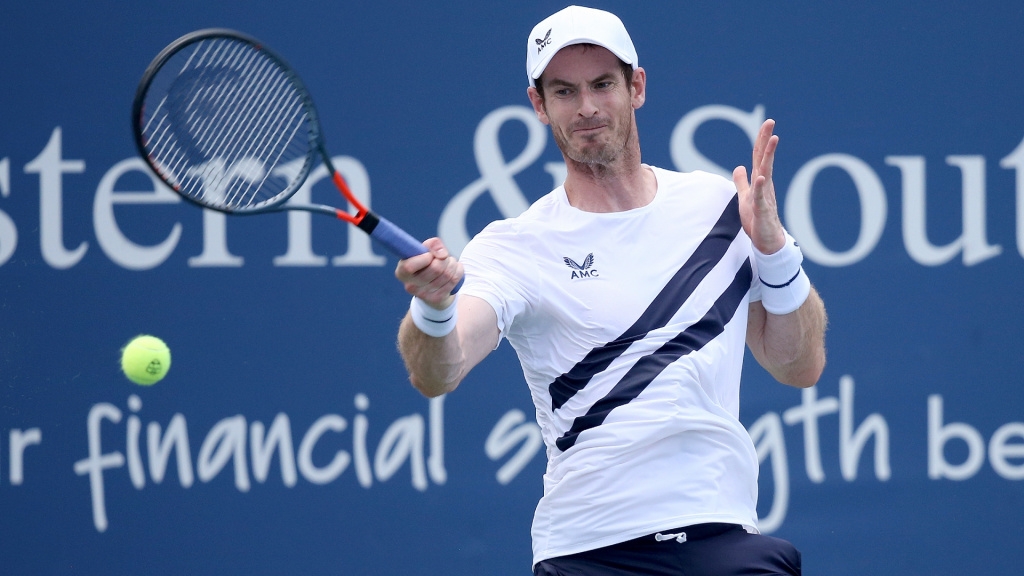
Andy Murray, the former world No 1 who has made a miraculous return to the Tour after having a metal hip inserted at the beginning of 2019, said he misses the fans.
“The thing is, it’s just not having the fans there for me is… something I can’t wait to have that back,” he said this week. “I totally understand and appreciate the situation. It might be a while before that happens, and everything needs to be safe, you know, before that happens again. But I’d love that. And again, when you’re here and playing in front of no fans in the evening, it’s just not quite the same.”
No fans also adds a mental dimension. Is it better to pretend there is a crowd?
“It’s all in your head,” Stefanos Tstitsipas told Tennis Majors. “You can replicate it in your head, you can hear silence but at the same time you can make up Stefanos chants in your head.”
Shriver said Coco Gauff, the 16-year-old American who shot to fame by qualifying at Wimbledon last year, beating Venus Williams in round one and then making the last 16, might struggle because she is a player who feeds off the crowd.
Gauff said she doesn’t mind the absence of fans.
“I wouldn’t say I’ve gotten entirely used to playing with a crowd,” the American said. “A year and a half ago, no one knew who I was so it’s not really that difficult, I guess, to play without a crowd. Obviously I prefer to play with a crowd, but I kind of keep myself motivated. I kind of like it, it’s kind of calm, it’s definitely different, but I don’t dislike it.”

Gauff said she thought the home players might be more affected by the lack of fans at the US Open.
“Particularly in New York, knowing the New York crowd is crazy, it’s probably more of a disadvantage for the American players,” she said. “(Maybe) not a disadvantage but definitely a different experience. At least from my experience, a crowd for me can definitely change a match, so I definitely think it will be a little bit different. But at the end of the day, you have to be your best cheerleader when you’re on the court and figure things out, the crowd’s just another factor that’s into it. I guess it’s just going to be a different experience for everybody.”
Big names, big courts
Gilbert, who famously coached Andre Agassi, Andy Roddick and Andy Murray, said he felt the top players would still have an advantage because they are more used to the bigger courts, regardless of whether there is a crowd or not.
“In coaching Andre, he always played on the centre,” Gilbert said. “He played a ton of practice matches with nobody on the court. I remember we would come sometimes two weeks early to Melbourne, nobody would be there, we practised for a week on the centre court, you kind of learn the bounces, you hear the sounds. Obviously when you play a practice match with somebody, it’s intense but obviously it’s not the same energy as with the crowd. But I still think the top players have an advantage because they practice on that court, so a guy ranked 50 in the world, unless he happens to be practising with one of the top guys, doesn’t usually ever practice on the centre court.
“The sounds will be a little different, especially at the Open with the way the sound travels down…but they’re going to do everything they can with board sponsors and try to make it look not as big and empty. But I think the biggest advantage – there are some players who are great practice players, and maybe they play better on Court 13. All of a sudden they get on a big show court and they’re not the same. Maybe we might see somebody make a run that you never thought about but you didn’t really know that he got tight playing on a show court. Now you maybe not have the same types of fear.”
Former US Open runner-up Greg Rusedski told Tennis Majors that a player’s personality and character will be as important as their form and ability.
“(I think it will favour) the ones who have a bit of calm,” he said. “Some players need to have that extra fire in their belly to come through, and that extra little bit of emotion to handle the situation. Do I still think the big names will come through? Yes I do, but will a few be upset, possibly, we could get a few big upsets because of that.”

Djokovic adjusting well
With Rafael Nadal missing due to fears over the virus and preferring to prepare for Roland-Garros, and with Roger Federer out through injury, world No 1 Djokovic is the overwhelming favourite for the men’s title.
And though the Serb feeds off the crowd as much as anyone, even at times when they are cheering for his opponent, he has shown this week that he is already adjusting well to the new conditions.
“You know what? I’m comfortable,” he said. “I’m comfortable for now. I do miss (the) crowd. Of course, everyone does, because that’s (a) very big part of what we do in professional tennis. But…I’m trying to take and make the most out of this situation and these kind of circumstances.”
The only difference for Djokovic is that though Flushing Meadows has staged Western and Southern Open this week, the event has not used the main court, the enormous Arthur Ashe stadium court.
“I hope I can get a couple of days’ hit on (those courts, because they are different,” Djokovic said. “I was training on Ashe and it’s a different speed, a different feel, obviously, on a big court. But I like it. You know, the bigger the court, the better it is, actually, for me. You know, that’s something that I’m used to.”



